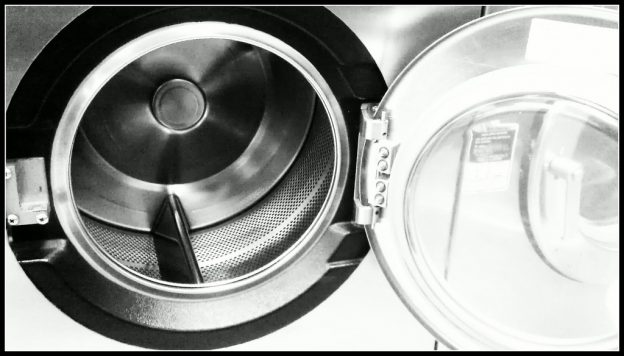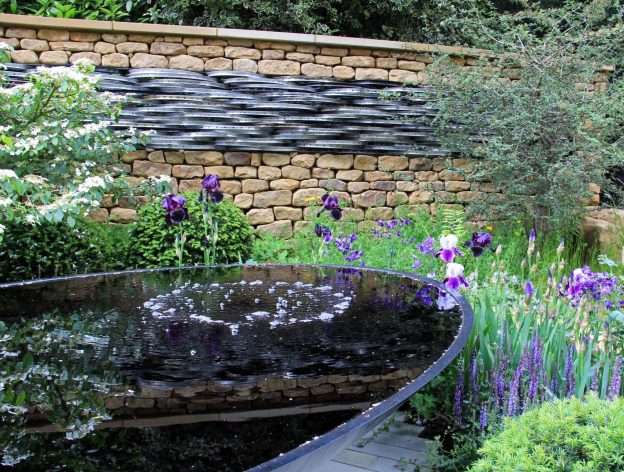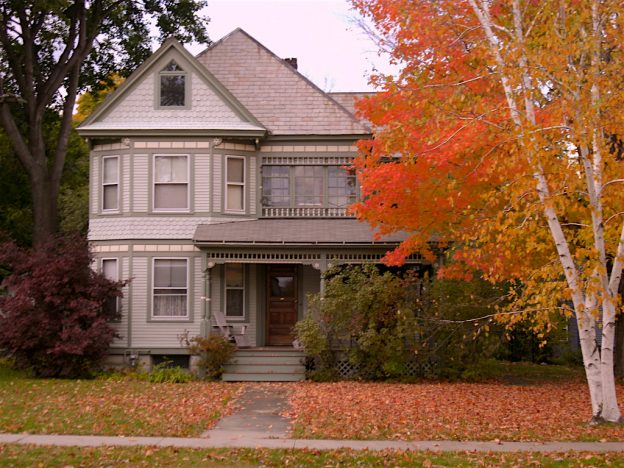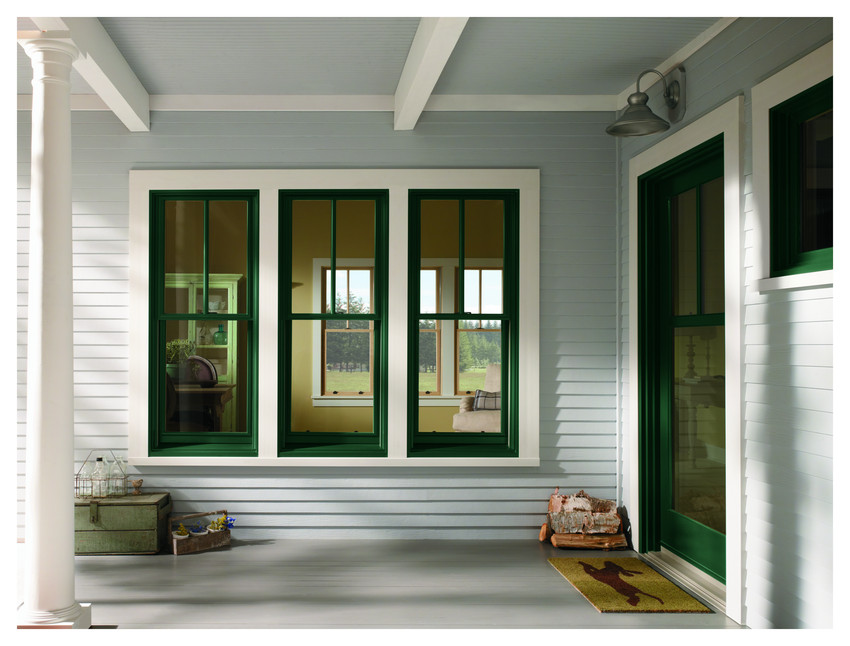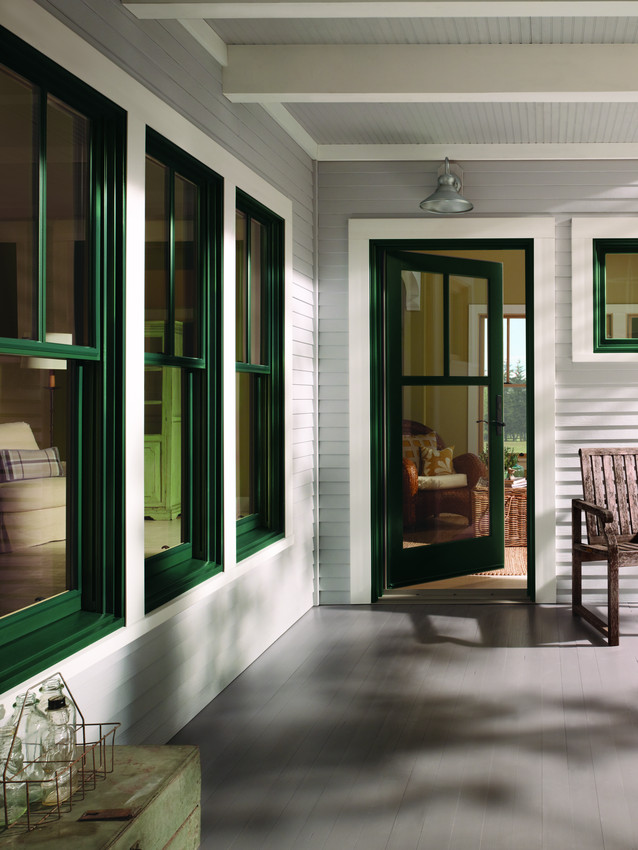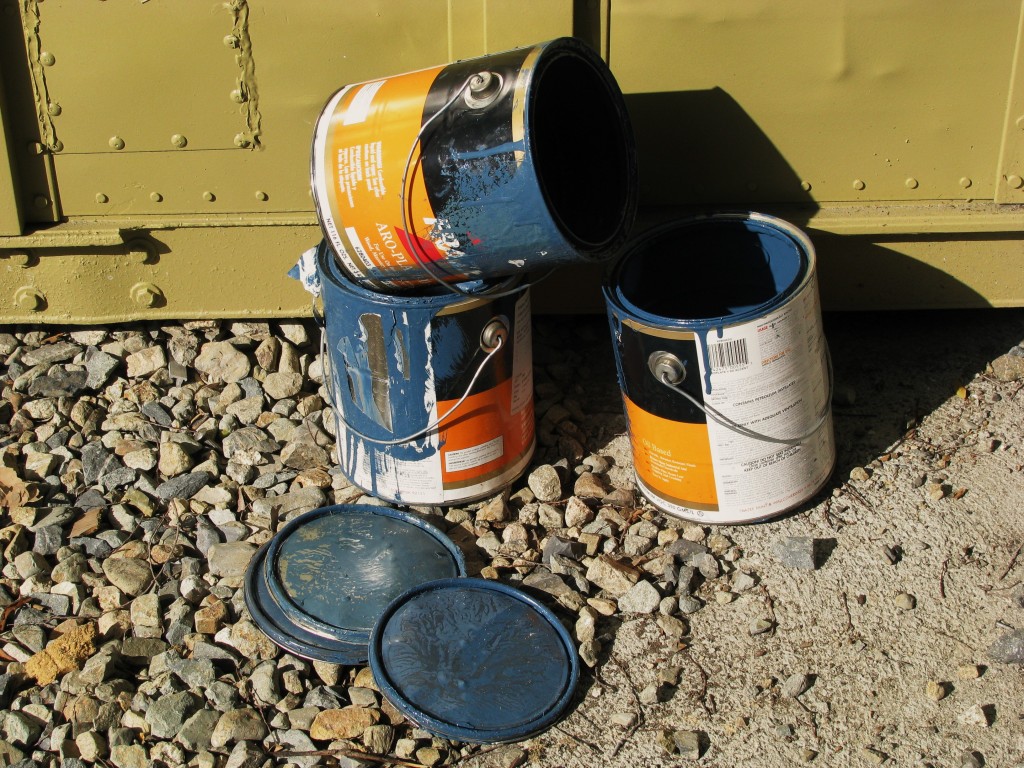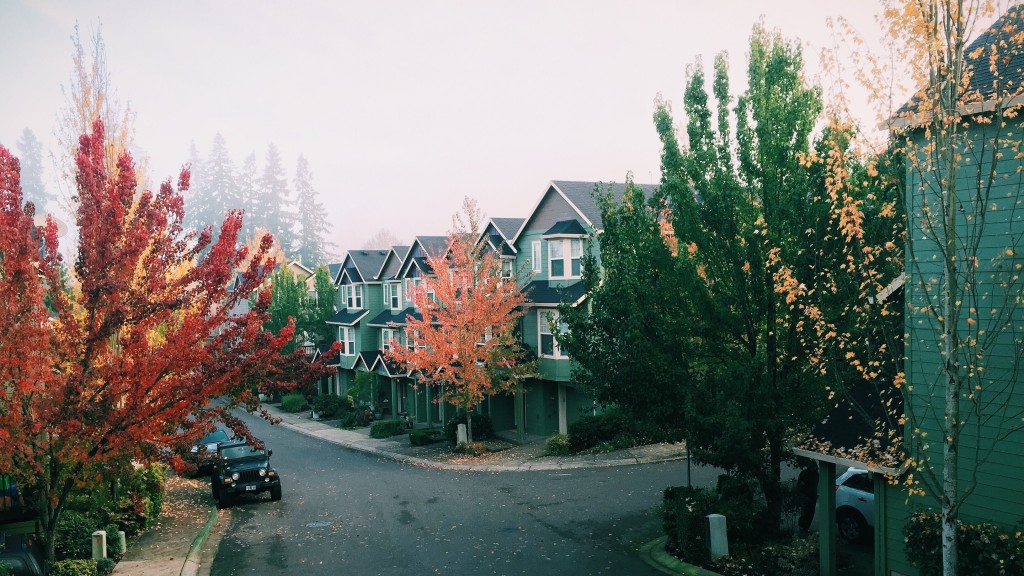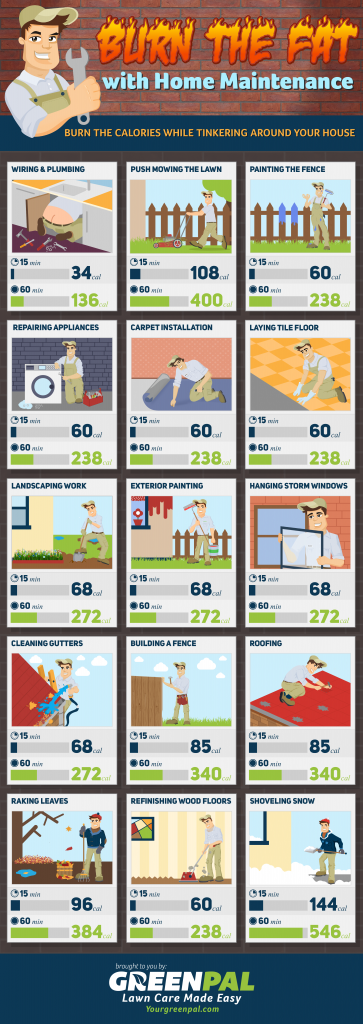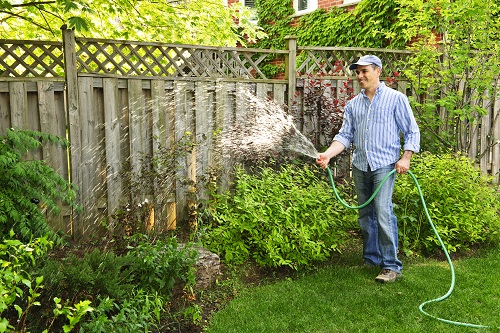Original Post: What’s the Difference Between Home Insurance and a Home Warranty? | By: HouseLogic | Published: April 1, 2014
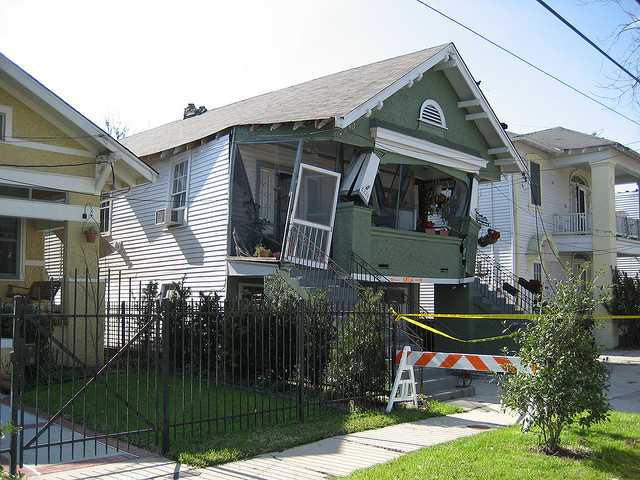
Photo Credit: “Hollygrove Twister Leaner Side” © 2007 by Infrogmation (CC BY 2.0)
Homeowners looking to protect themselves against costly repairs may consider obtaining home insurance or a home warranty. Although these two terms sound interchangeable, they’re actually two distinct types of protection homeowners can purchase. Home insurance protects homeowners from paying for costly repairs caused by accidental damages. Home warranties protect homeowners from the costs of replacing systems and appliances that wear out over time.
What is Home Insurance?
Nearly all mortgage lenders require you to obtain the appropriate home insurance policy to protect your home and belongings. Home insurance generally covers four areas:
- Interior or exterior home damage
- Loss or damage of personal property
- Liability for damages caused by the family and their pets
- Temporary housing while a home is being rebuilt or repaired
These areas are only covered if the damages were the result of a cause the insurance policy covers. Home insurance policies generally cover damages caused by fires, theft, and storm damage. Flood and earthquake coverage require an additional policy.
Home insurance rates vary widely based on the amount of coverage you select and where you live. The average yearly cost for insurance premiums in 2011 (the latest year for which data is available) rose to $978, according to the 2013 National Association of Insurance Commissioners Annual Homeowners Insurance Report. When you file a home insurance claim, you usually have to pay a deductible before your insurance coverage kicks in.
What is a Home Warranty?
Home warranties protect homeowners from paying the retail cost for repairs and replacements when their appliances or home systems wear out over time, as well as provide access to a network of professional service contractors. Home warranties aren’t required by mortgage lenders so many people choose not to purchase them.
Home warranties may be offered as a gift by homebuilders, real estate agents, or home sellers. Of course, home warranties may also be purchased independent of a real estate transaction. Annual home warranty premiums and service fees can vary by location and provider. Rest assured, they can save you money when it comes time to replace or repair any covered items.
Home warranties typically cover four areas:
- Major appliances
- Heating and cooling systems
- Plumbing
- Electrical systems
They generally don’t cover:
- Hauling fees
- Appliance attachments that can be replaced easily
- Appliances with pre-existing problems
Home warranty costs don’t increase yearly as a result of claims, as home insurance premiums can, though costs for both will typically vary each year due to inflation and rising service expenses.
Because home insurance and home warranties cover two completely different sets of home repairs and replacements, you may want to purchase both. Alternately, besides buying required homeowners insurance, you can set money aside for unexpected home repairs instead of purchasing a home warranty.
However, a major advantage of having a home warranty is the convenience and time saved from not having to search for and screen contractors when things go awry. After reporting your problem, your home warranty company will quickly dispatch a qualified service technician to come to your rescue. No time wasted searching online for listings or reviews.
Homeowners should research their options, weigh their needs, and see what’s best for their particular situation and budget.
For more information on home warranties, visit AHShome.com today or watch the video: http://youtu.be/fciU2z7ciOU.
Read more: http://www.houselogic.com/home-advice/home-insurance/home-warranty/
Follow us: @houselogic on Twitter | houselogic on Facebook
Visit HouseLogic.com for more articles like this. Reprinted from HouseLogic.com with permission of the NATIONAL ASSOCIATION OF REALTORS®.

